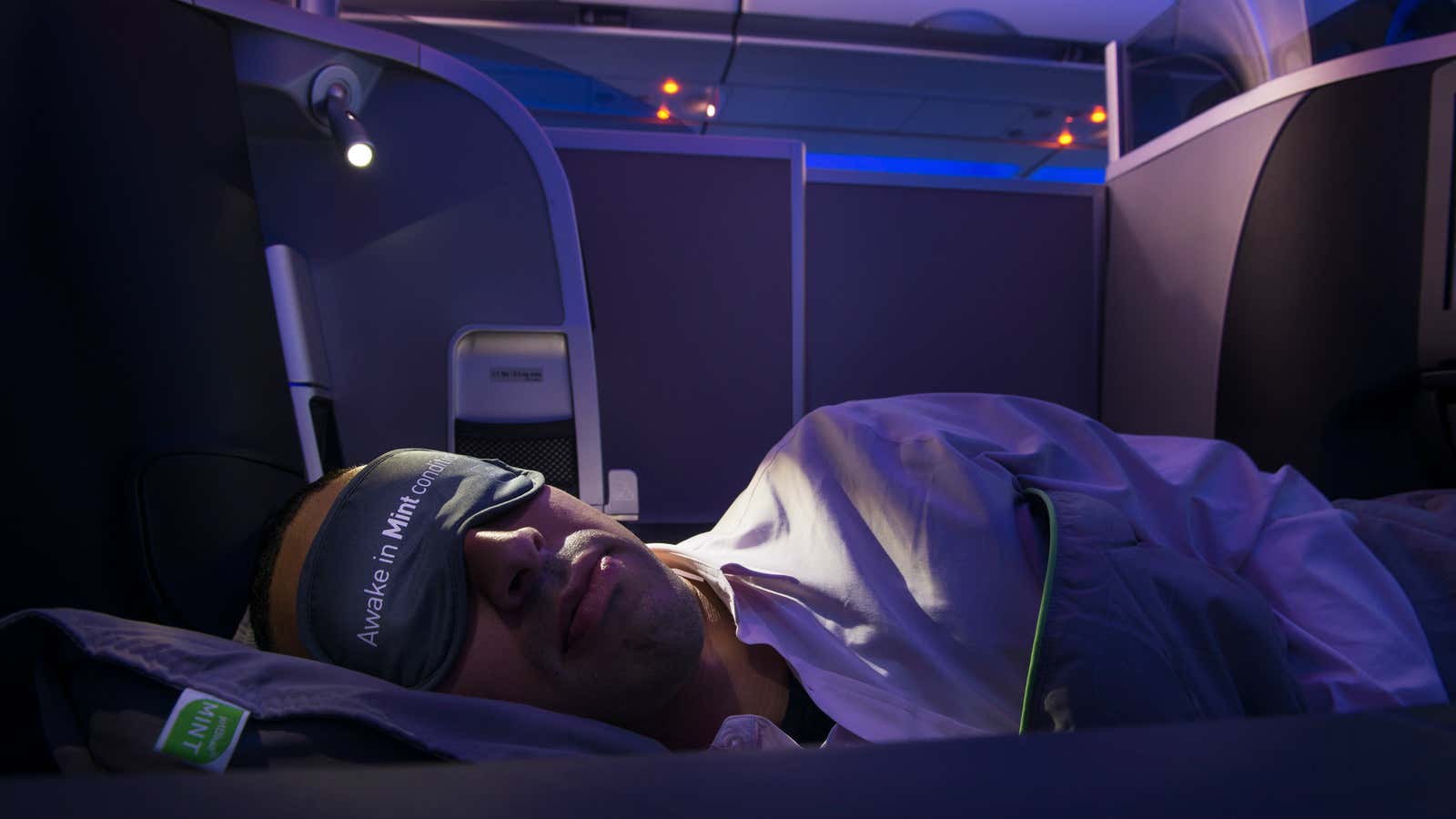After many rumors, American low-cost carrier JetBlue confirmed yesterday (April 10) it will begin operating transatlantic flights from Boston and New York to London, beginning in 2021.
While it’s not the carrier’s first international foray, it is a step into one of the most competitive routes in commercial aviation. Dominated by partners in the three big airline alliances—like American and BA, and Delta and Virgin—it’s a route that commands a large share of global passenger flows.
It’s also one that has proved fraught for a slew of low-cost, long haul disruptors already, with Wow Air and Primera Air both ceasing operations in the last seven months. Meanwhile, pioneer Norwegian Air has been on shaky financial ground, thanks at least in part to its rapacious rate of growth. The question is whether JetBlue can find a transatlantic model that is both disruptive and sustainable.
In the announcement, the airline said it would service the route with a long range variant of the Airbus A321, a single-aisle aircraft which, while once unheard of on these routes, is becoming more common thanks to low-cost disruptors. The announcement added that JetBlue hoped to offer “fresh competition” in the transatlantic market.
“Twenty years ago, our founders had a simple formula for choosing a new market – it had to be overpriced, underserved, or both,” said JetBlue’s president and chief operating officer Joanna Geraghty in a press release. “London is the largest metro area JetBlue doesn’t yet serve from both Boston and New York, and we could not be more thrilled to be changing that in the years ahead. The fares being charged today by airlines on these routes, specifically on the premium end, are enough to make you blush.”
That reference to the “premium end” of the spectrum is a hint of where JetBlue’s strategy may lie. JetBlue’s much-loved business class offering, Mint—which includes lie-flat beds—will be reworked for the new route. And it’s fair to assume it will be a better offering than what Norwegian offers in its premium seats, yet will simultaneously remain cheaper than what the legacy carriers charge for business class (which JetBlue CEO Robin Hayes previously called “obscene.“) With so many business travelers shuttling back and forth between London and New York, a price-conscious—but crucially, leveled-up —premium option could be a winning strategy to grow premium passenger numbers and stimulate demand.
In addition, boosting revenues in the front of the plane means that JetBlue can maintain more realistic fares in its economy cabin. After all, filling the aircraft with rock bottom fares has, at times, been a problematic strategy for the likes of Norwegian. As aviation consultant John Strickland told the Telegraph, the low-cost long-haul model has been “based on the premise of low fares, which may be fine at peak times on any given market, but in periods of seasonally weak demand and when fuel prices are high, it spells disaster for profitability.”
With more legroom and amenities in economy than Norwegian, too, the company will vie to “raise the bar on what travelers can expect from a low-cost carrier” in Europe. Finally, JetBlue has another potential ace in its sleeve: The prospect of landing at London City airport. Though the airline said it is still evaluating airport slots—ultra-competitive and expensive London Heathrow is popular with travelers—London City is particularly loved by premium travelers for its access to the the capital’s finance sector and a seamless single terminal experience.
At present, British Airways operates an all-business class flight from LCY to JFK on an Airbus A318—an aircraft which requires a stopover in Shannon, Ireland for refueling—but many other carriers can’t land at London City due to its short runway. Though JetBlue’s A321 won’t be able to either, the airline recently ordered 60 Airbus A220-300s, which could make the trip.
“The big carriers will just have to cry ‘Uncle’ and walk away if JetBlue goes to [London] City,” analyst Henry Harteveldt told Skift. “The game is over, although Delta could compete when it get its A220s.”
